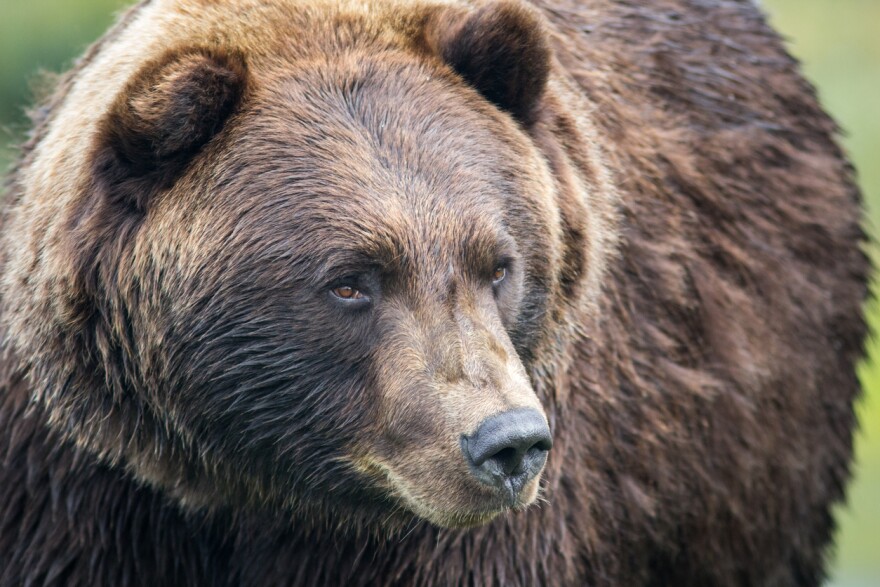An area in southeastern Montana, where grizzly bears haven’t been seen since the 1800s, had a grizzly sighting this week.
The bear was seen in the Pryor Mountains south of Billings, and confirmed by Fish, Wildlife & Parks (FWP) biologists.
Chrissy Webb with FWP said even though there are already black bears in the area, people that live or recreate should be bear aware.

“We just recommend talking loudly. You can shout, you can sing aloud. You kind of sound like a crazy person, but those are really good methods to alert bears that you're around,” Webb said.
This is the first confirmed sighting of a grizzly in this mountain range. The nearest established grizzly population is in the Greater Yellowstone Ecosystem.
FWP is also advising landowners in the area to store garbage in bear-resistant containers and secure attractants. Both species of bear are opportunistic eaters that will get into whatever is available.
In the 2023 session, lawmakers passed several bills to guide statewide management of bears upon federal delisting. FWP is currently working to update the state’s grizzly management plan.



